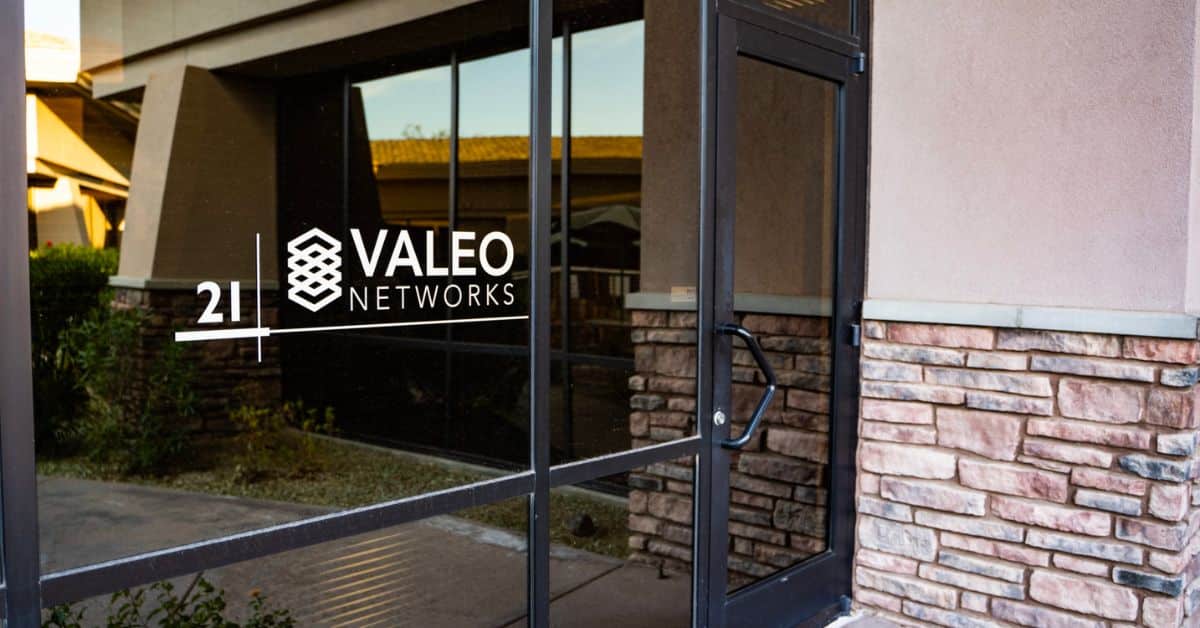OPM Hack Update, Part 2
Over a month has elapsed since the public was informed of the largest data hack in U.S government history. In the four (4) weeks it has been offline,...
As a response to the OPM hack that occurred last December, Office of Personnel Management (OPM) Director Katherine Archuleta and Director of National Intelligence James Clapper signed a memo July 2 outlining the new interim process that will be in place for at least the next four (4) weeks while the e-QIP service remains shut down. Archuleta and Clapper said in a joint statement that the “interim procedures should “address agencies’ requirements and reduce the likelihood of interruptions in the on-boarding of employees while prudently minimizing any security risks.”
Also, a new phishing alert was also released on June 30, bringing to light that there are suspicious domain names that may be used in phishing campaigns masquerading as official communication from the OPM or the identity protection firm CSID. DHS told employees and retirees only to use domains coming from https://opm.csid.com — the contractor providing identity management protection services to victims of the first cyber-attack. So the email should look like name@csid.com (the text following after the @ symbol is the domain name).
In addition, Valeo Networks would like to point out that official emails from government officials are typically digitally signed. How to spot this:
General Email Security Tips
In response to this new phishing alert, Valeo Networks would like to provide a list of red flags you should generally be on the lookout for:
Exercise caution, be careful with clicking links and opening attachments, make sure you view the full email address or link, and focus on the actual domain name, which is the part just before the dot-com, dot-org or dot-gov to assure this matches the organization you think sent the email.
Valeo Networks (Valeo Networks) is a Managed Services Provider that can help protect your organization. Contact one of our IT regional offices, California (805) 222-4977 or Florida (321) 604-6165 or check out our website for a full list of our offered services.
Email Security Resources
OnGuard Online: https://www.onguardonline.gov/phishing
OpenDNS Phishing Project: https://community.opendns.com/phishtank/


Over a month has elapsed since the public was informed of the largest data hack in U.S government history. In the four (4) weeks it has been offline,...

1 min read
The California Consumer Privacy Act and the European Union’s General Data Protection Regulation Affect the Data Protection Policies and Procedures of...
.webp)
Seventh-Annual List Reveals Leading MSPs in Healthcare, Legal, Government, Financial Services & More Rockledge, FL (April 26, 2022) – Valeo Networks,...

With cutting-edge technology and quality customer service,
you’ll find everything you need to help your company soar
with Valeo Networks.
1006 Pathfinder Way
Rockledge, FL 32955
Business Hours:
M-F: 8AM-9PM
© 2025 Copyright Valeo Networks. All Rights Reserved.